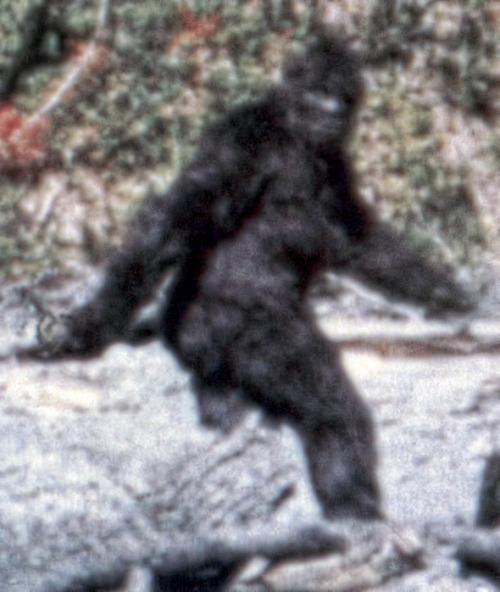French-backed Malian troops searched house-to-house in
Gao and
Timbuktu on Tuesday uncovering arms and explosives abandoned by Islamist fighters, and
France said it would look to hand over longer-term security operations in Mali to an African force.
An 18-day offensive
in France's former West African colony has pushed the militants out of
major towns and into hideouts in the deserts and mountains.
French and Malian
troops retook the two Saharan trading towns of Timbuktu and Gao at the
weekend virtually unopposed.
Doubts remain about
just how quickly the African intervention force, known as AFISMA and
now expected to exceed 8,000 troops, could be fully deployed in Mali to
hunt down and eradicate retreating al Qaeda-allied insurgents in the
north.
International donors meeting in Addis Ababa
pledged just over $455 million for the Mali crisis, but it was not
clear whether all of this would go directly to AFISMA, which African
leaders have estimated will cost almost $1 billion.
"You will certainly
understand that it is not sufficient. But I think it is only the
beginning. We hope that it will continue, and that the money we need
will come," Malian interim President Dioncounda Traore told reporters in
Addis Ababa.
He earlier
announced his government would aim to organize "credible" elections for
July 31 in response to demands from major western backers of the
anti-rebel action.
Malian soldiers
combed through the dusty alleys and mud-brick homes of Gao and Timbuktu.
In Gao, they arrested at least five suspected rebels and sympathizers,
turned over by local people, and uncovered caches of weapons and
counterfeit money.
Residents reported some looting of shops in Timbuktu
owned by Arabs and Tuaregs suspected of having helped the Islamists who
had occupied the world-famous seat of Islamic learning, a UNESCO World
Heritage site, since last year.
Fleeing Islamist fighters torched a Timbuktu library holding priceless ancient manuscripts, damaging many.
After the reports of reprisals by civilians and
soldiers, France called for the swift deployment of international
observers to ensure human rights are not abused.
Malian army sources
told Reuters pockets of armed Islamist fighters, on foot to avoid
French air strikes, were still hiding in the savannah and deserts around
Gao and Timbuktu and near main roads leading to them, parts of which
were still unsafe.
The West African
country has been in political limbo since a March 2012 coup triggered
the rebel takeover of the north.
France has sent
around 3,000 troops to Mali at the request of its government but is
anxious not to get bogged down in a messy counter-insurgency war in
their former Sahel colony.
The French
have also made clear that while the first phase of liberating the
biggest north Mali towns may be over, a more difficult challenge to
flush the Islamist desert insurgents from their lairs remains.
"We will stay as
long as necessary. We want to make sure there will be a good handover
between France and AFISMA. There is no question of us getting stuck in
the mud," French Foreign Minister Laurent Fabius said in Addis Ababa.
MORE FUNDS NEEDED
The leading donors
pledging funds in Addis Ababa were Japan, the European Union and the
United States. But African Union officials could not immediately break
down how much was intended for the African intervention force, how much
for Mali's army and how much for broader humanitarian purposes.
"The participants are of the view there is a need to
continue to work together to mobilize further resources," said AU Peace
and Security Commissioner Ramtane Lamamra.
Ivory Coast President Alassane Ouattara, who chairs the West African bloc ECOWAS that is contributing the most troops for the African Mali force, estimated its cost at more than $950 million.
The United States and European governments are backing
the French and African military operation against the Islamist rebels
with logistical, airlift and intelligence support, but they are not
sending combat troops.
They see the intervention
as vital to root out an al Qaeda-allied insurgency in West Africa that
could threaten African governments and western interests from Mauritania
to oil-producing Nigeria, as well as strike directly in Europe.
The head of the U.N. mission in Libya, Tarek Mitri,
told the Security Council the French-led military intervention could
worsen a "precarious" security situation inside Libya by pushing
fighters and arms across its porous Saharan borders.
U.S. DRONES FOR NIGER
The bulk of the
planned African intervention force for Mali is still struggling to get
into the country, hampered by shortages of kit and supplies and lack of
airlift capacity.
Around 2,000 troops
are already on the ground to fight the retreating Islamist rebels, who
have pulled back to the rugged northeast mountains of the Adrar des
Ifoghas range on the border with Algeria.
Burkina Faso,
Benin, Nigeria, Senegal, Togo, Niger and Chad are providing soldiers.
Burundi and other nations have pledged to contribute. Hundreds of
soldiers from Chad and Niger with desert warfare experience have already
crossed into the country.
The commander of
the Chadian forces in Mali, Abdu Aziz Hassan Adam, told Reuters in Gao
his forces were ready to "sweep the terrorists out of the north of
Mali". "They are a threat for all the countries of the world," he added.
Britain said on
Tuesday up to 240 soldiers could take part in missions to train troops
in Mali in addition to at least 90 already taking part in logistical
operations.
The United States
also extended deployment of surveillance drones that could track down
rebel bases and columns in the Sahara desert. Mali's neighbor Niger on
Tuesday gave permission for U.S. drones to fly from its territory.
TUAREGS HOLD KIDAL
Besides Gao and
Timbuktu, another major Malian Saharan town, Kidal, had also been in
Islamist insurgent hands but MNLA Tuareg rebels said on Monday they had
taken control there after the Islamists left.
The MNLA's Tuareg
leaders, whose pro-independence rebellion last year was hijacked by
Islamist radicals leading to the current crisis, said their desert
fighters were ready to join the French-led campaign against "terrorist
organizations" - a reference to al Qaeda and its allies.
But they also asked
for direct negotiations with the Malian government about their autonomy
demands. Chadian troops were expected to deploy up to Kidal in the
northeast to secure it, officials in Niger said.






 Using two hypothetical characters the group compared premiums offered to
two 30-year-old women. Both had driven for 10 years, lived on the same
street in a middle-income Zip code and both wanted the minimum insurance
required by whichever state the group was researching.
Using two hypothetical characters the group compared premiums offered to
two 30-year-old women. Both had driven for 10 years, lived on the same
street in a middle-income Zip code and both wanted the minimum insurance
required by whichever state the group was researching.



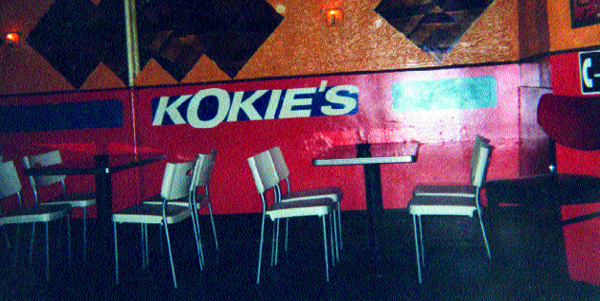
 Ever
saw something so cute you want to hug it and kiss it and love it and SQUEEEZE
it into itty-bitty pieces? Well, you're not alone (
Ever
saw something so cute you want to hug it and kiss it and love it and SQUEEEZE
it into itty-bitty pieces? Well, you're not alone (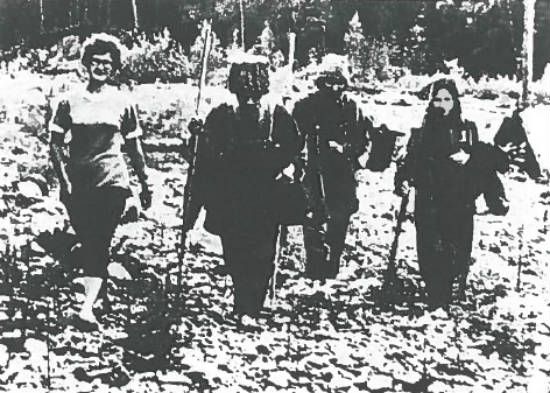
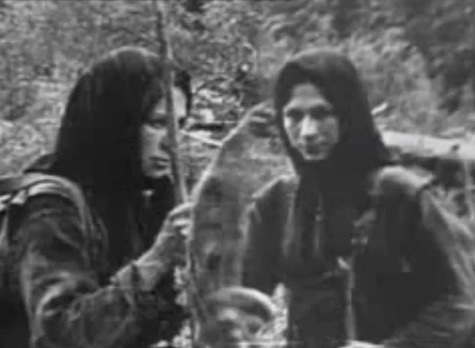

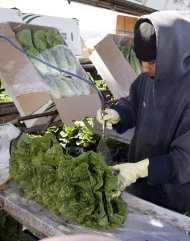
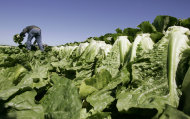



 The
nose knows, but how exactly is a matter of scientific debate.
The conventional theory on olfaction is that olfactory receptors bind
to odor molecules and that binding sends a signal to the brain about a
particular smell.
The
nose knows, but how exactly is a matter of scientific debate.
The conventional theory on olfaction is that olfactory receptors bind
to odor molecules and that binding sends a signal to the brain about a
particular smell.




